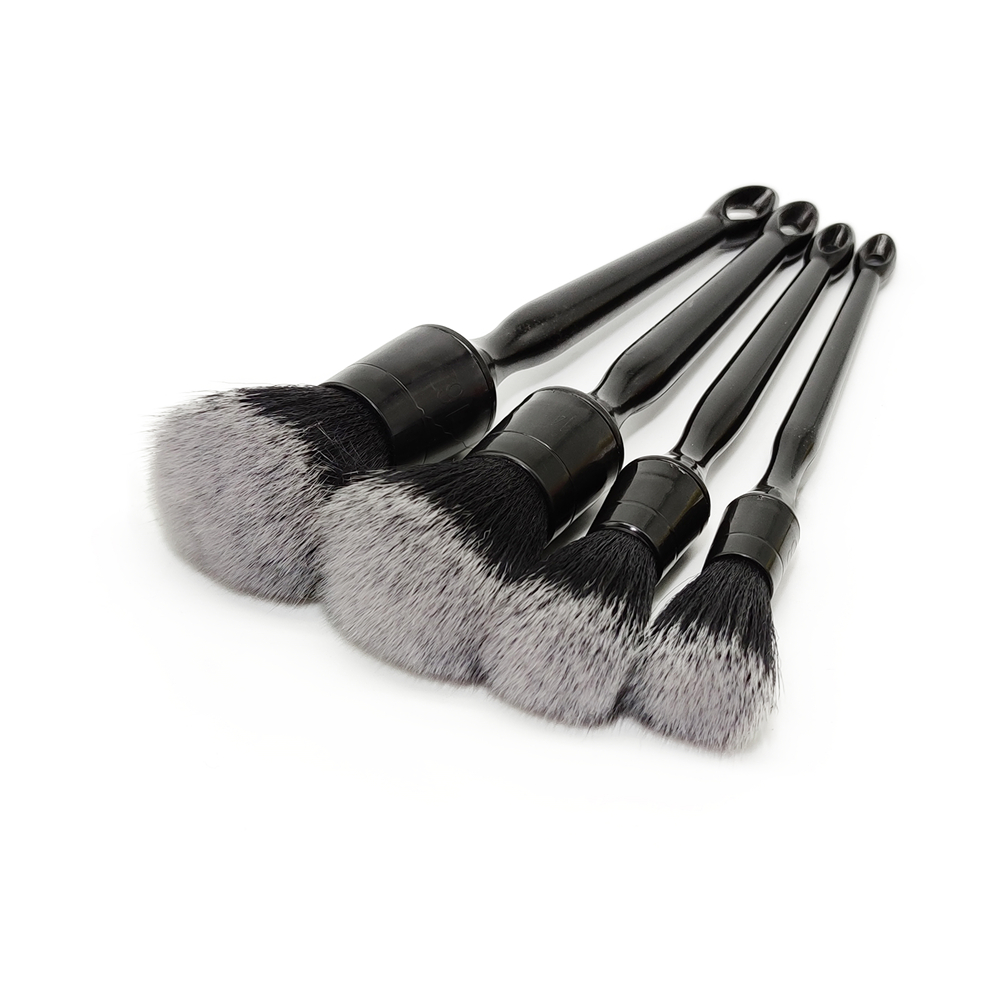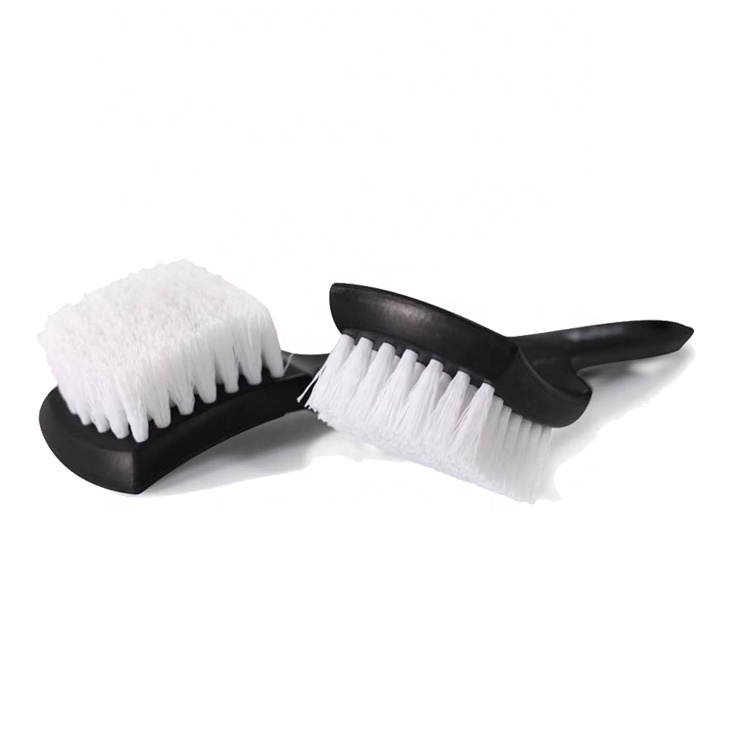Doing DIY detailing for our vehicle is a great way to maintain the cleanliness and appearance without having to rely on professional services. Can save costs and time( no need to wait) for us, can obtain happiness and experiences from the whole process. With the right tools and techniques, you can achieve impressive results. One important aspect of car detailing is use right and suitable detailing brushes, which are specially designed to reach and clean hard-to-reach areas. Here are some tips and advice to help you with your DIY car detailing:
- Choosing the Right Detailing Brushes: Invest in a set of detailing brushes specifically designed for automotive cleaning. Look for brushes with soft bristles such as boar hair and nylon bristles that won’t scratch delicate surfaces. Different sizes and shapes of brushes will help you access various nooks and crannies, such as vents, crevices, and intricate trim pieces. There are many detailing brushes for different places of cars, such as vents, rims, engine bay, leathers, carpets and tires etc.. We divide the car detailing into two parts: interior and exterior detailing.



2. Interior Detailing: Start by removing any loose debris from the interior, including dust, dirt, and crumbs. Use a soft brush to gently agitate and remove dirt from surfaces like dashboards, door panels, and center consoles. For hard-to-reach areas, such as air vents or between buttons, use a smaller detailing brush to dislodge dirt and dust. Then use a vacuum cleaner to clean all these away. If you found some places hard to clean, have to choose a right chemical soaps and use together with detailing brushes to get a good clean result. For example, Interior Fabric and Upholstery: To clean fabric seats, floor mats, and carpets, use a suitable interior cleaner and a soft brush. Gently agitate the surface to loosen dirt and stains, then wipe away the residue with a microfiber cloth or a wet/dry vacuum. Be mindful of using too much water to prevent over-saturation.
3. Exterior Detailing: Begin by thoroughly washing your car’s exterior with a high-quality wash shampoo. After rinsing, use several different detailing brush to clean the wheels, tires, and any other corners. The bristles will help you remove brake dust and grime effectively. Be cautious when using brushes on painted surfaces to avoid scratching—always opt for softer brushes or switch to a microfiber mitt for the body of the car. But other exterior parts will need wash mitts, pads or towels to clean, because surface with large flat volume, these tools will improve the work efficiency.
4. Attention to Detail: Pay close attention to areas that are often overlooked, such as door jambs, hinges, and engine compartments. These areas can accumulate dirt and grime over time. These places need to deep clean and take more time. Use a small detailing brush and an appropriate cleaner to gently scrub and remove dirt from these hidden spots.
5. Regular Maintenance: Car detailing is not a one-time task but an ongoing process. Establishing a regular maintenance routine will keep your vehicle looking its best. Regularly dusting and vacuuming the interior, wiping down surfaces, and quick spot cleaning will help preserve the cleanliness and overall condition of your car.
6. Protect and Shine: After thorough cleaning, consider applying a protective wax or sealant to your vehicle’s exterior. This will enhance the shine and provide a layer of protection against environmental elements. Follow the product instructions carefully for the best results.



Remember to always use the appropriate tools and products for each specific task, and test any new products on a small inconspicuous area before applying them to the entire surface. By paying attention to detail and following these DIY car detailing tips, you can enjoy a clean and well-maintained vehicle without the need for professional services.
